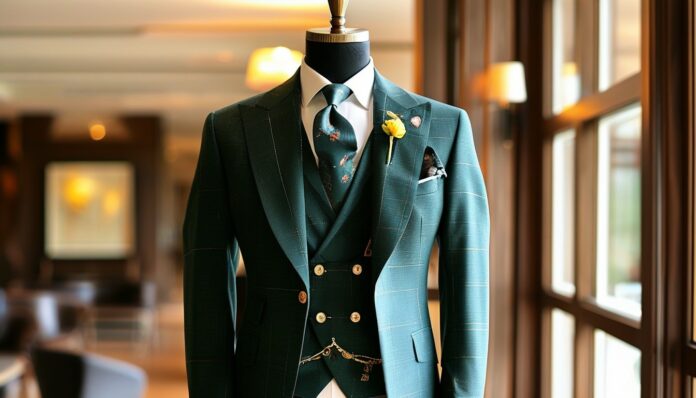In the past, much more importance was placed on clothing and the materials from which it was made. Buttons became not only a functional element of attire in the Middle Ages but also a kind of status symbol. For the aristocracy, buttons were made of precious metals and lavishly decorated with stones to emphasize the wealth of their owner.
In the modern world, buttons remain primarily a design element, as there are now many more practical and convenient types of fasteners. However, those who wear shirts or blouses know the difference between men’s and women’s models—namely, the placement of the buttons.
Where did this practice originate, and why is men’s clothing fastened on the right while women’s is on the left? Let’s dive in.
The tradition of button placement on clothing dates back to the 13th century and has remained unchanged for several centuries. It was during this period that buttons became widely popular when tailors devised cuts that allowed for form-fitting clothing.
At that time, buttons were considered the height of fashion. For important individuals, they were made from gold, silver, and ivory. Only the wealthy could afford such attire. Ordinary women typically wore tunics that did not require fastening; they were simply pulled over the head.
Men’s noble attire could feature up to a hundred buttons, with closures running from the chin to the waist and from the elbows to the wrists. However, only the very wealthy could afford to dress in such elaborate clothing, and they had servants.
Ladies were assisted by maids in their morning toilette, so buttons on women’s clothing were placed on the left side, making it easier for right-handed servants, who were the majority, to fasten them. Men, on the other hand, typically dressed themselves, so having buttons on the right side was more logical for them.
In essence, for women, expensive buttons indicated that the lady could afford servants who helped her dress, undress, and change outfits throughout the day. Today, the tradition of having maids to assist with dressing is long gone, but the different button placements for men’s and women’s clothing persist.
